Coal Harbour on northern Vancouver Island, about a 15-minute drive from Port Hardy, is a small and quiet community today.

But it has a varied and colourful history that includes war, murder and commercial whaling, stretching back to the late 1800s.
“It takes its name, Coal, obviously from the Vancouver Coal Company that had a prospect there,” author and historian T.W. Patterson said. “It never developed into a working mine, that was a standard thing in the old days of prospecting and floating shares.”
American Civil War leader seeks refuge in Coal Harbour?
Legend has it, a soldier in the American Civil War took refuge in Coal Harbour and was found years later after people believed he had been killed at the end of the war.
“During the American Civil War, a man that became one of the most notorious characters of that four-year-long battle was William Clarke Quantrill,” Patterson said.
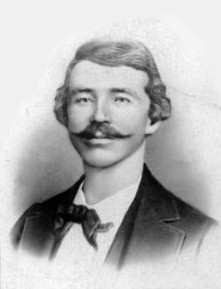
“He was a guerrilla leader – in other words, he wore a Confederate uniform, but he wasn’t a member of the Confederate Army officially. He led a gang of guerrillas that fought behind the line.”
Quantrill is known for leading a deadly raid on Lawrence, Kansas, where he and his men massacred 150 men, women and children.
Patterson said records tell us Quantrill was killed at the end of the war and is buried in Kentucky.
But that’s not the full story.
At the turn of the 19th century, a timber cruiser who landed in Coal Harbour claimed he met Quantrill hiding out there, living under the name John Sharp.
“This hits the newspapers, and the news travels,” Patterson said. “And the legend is, two men travelling together, come to Victoria, book into a hotel, and then they board one of the coastal steamers that took them up to Quatsino. They were identifiable by the fact that they had southern accents.”
“Next thing you know, it’s in the news, [Sharp’s] suffering from what probably will be a fatal beating, which proved to be the case.”
The two men reportedly then headed south again and the story goes that Sharp was killed by these two men.
But Patterson said that’s not what happened.
“I became friends with the last living person who saw him before he died,” Patterson said.
“He was buried in [Coal Harbour] and when they built the airstrip for the Second World War, the air base, they obliterated the grave.”

Get breaking National news
“But all of that happened out there.”
RCAF Coal Harbour
During the Second World War, the village of Coal Harbour was home to a Royal Canadian Air Force base for seaplane patrols. The station closed in August 1945, but many of the original buildings still remain, including the general store.
A small memorial to the base and the men who served there remains at the top of the ramp down to the inlet.
The memorial also honours the RCAF Stranraer #951, which took off from Coal Harbour on Aug. 23, 1942. Nine hours later, the aircraft was forced to land in rough seas. The crew of eight men radioed their position and rescue planes took off from Coal Harbour. RCAF Stranraer was sighted starting to sink in the ocean, but the water conditions made a rescue impossible.
As night closed in, rescue crews lost sight of the downed aircraft and her crew was never seen again.
Almost three years later, on July 14, 1945, Canso 11043–a Canadian-made amphibious aircraft–crashed while on its way back to Coal Harbour. Although the water of the inlet looked smooth, the pilot hit a rock upon landing and tore the hull open. The navigator died instantly. Most of the crew were thrown clear of the aircraft and the 13 survivors were able to get into the life raft and were rescued.
British Columbia’s last whale station
After the closure of the RCAF station, some of the buildings and the ramp previously used by planes were bought by Canada Packers and used as a whaling station.
It opened in 1948 and more than 10,000 whales were caught here in the next two decades.
Photos: Warning, the middle image may be disturbing to some viewers:
The whales were flensed (their blubber removed) on the concrete concourse, not far from where the RCAF memorial stands today.
One of the whales caught during this time was a blue whale, whose 20-foot lower jawbone can still be seen hanging in the hangar behind the small museum along the waterfront.
Photos of the jawbone and the whale: Warning, the second image may be disturbing to some viewers:
Another whale caught during this time was a right whale, which is still listed as endangered. It was accidentally captured by a whaling ship and taken to Coal Harbour in 1951.
There have been some sightings of right whales in both northern and southern British Columbia and the Canadian government says the total population in the eastern North Pacific still likely numbers a few tens of animals.
In 1967, due to declining sales and a lack of whales, the station at Coal Harbour closed – the last station in B.C. to do so.
When you’re in Port Hardy, be sure to drive to Coal Harbour and see the historic sites and visit the museum, located just in front of the Canso Hangar.






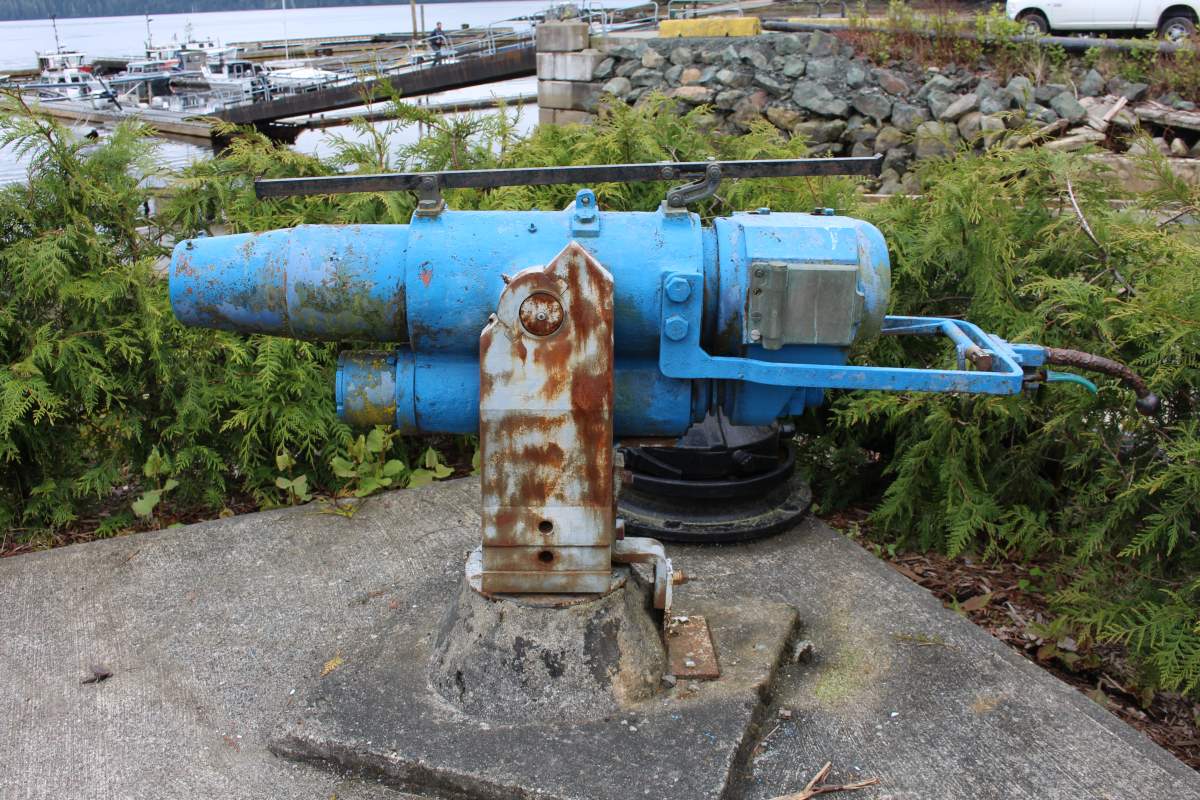



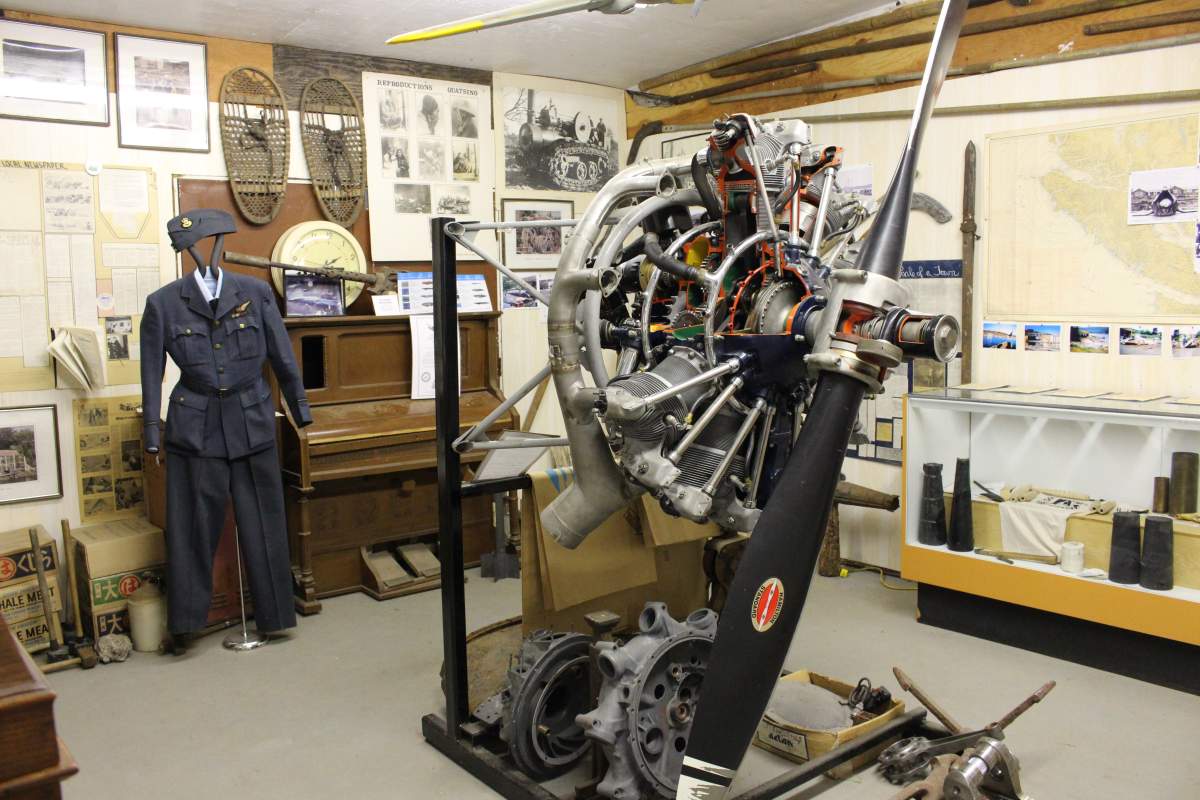

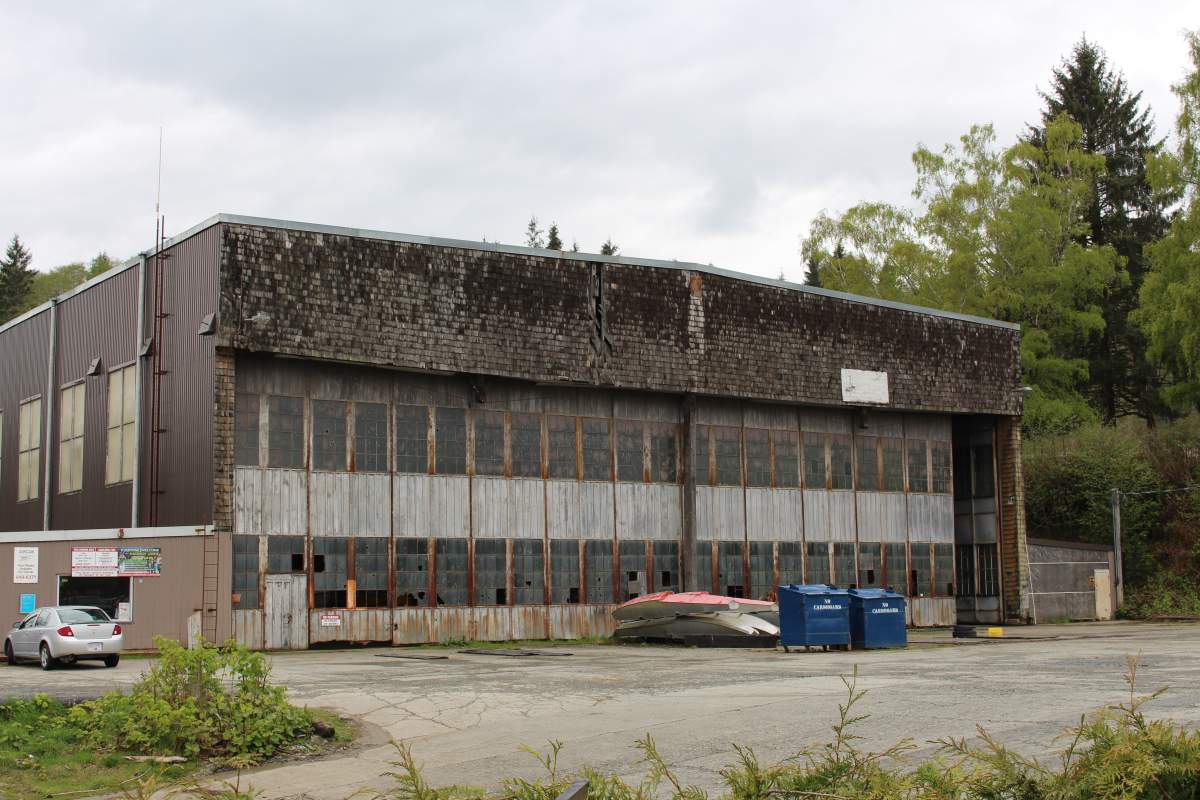






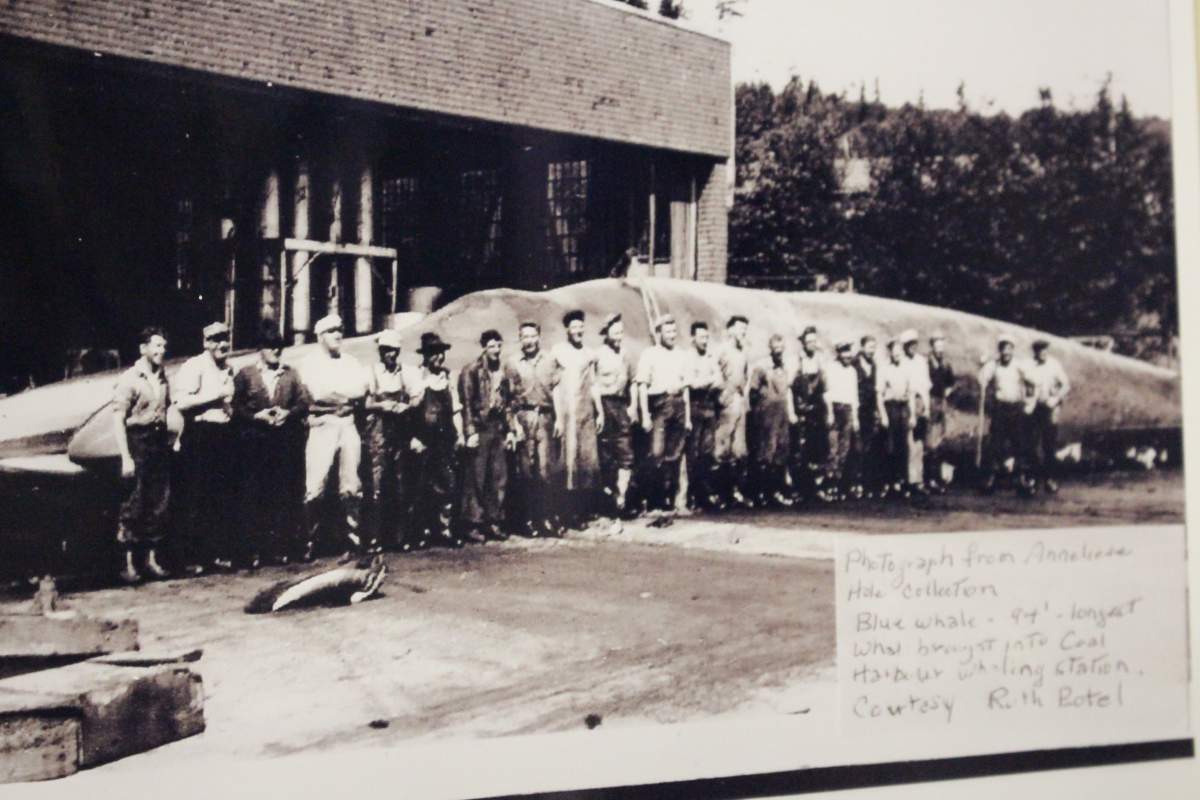



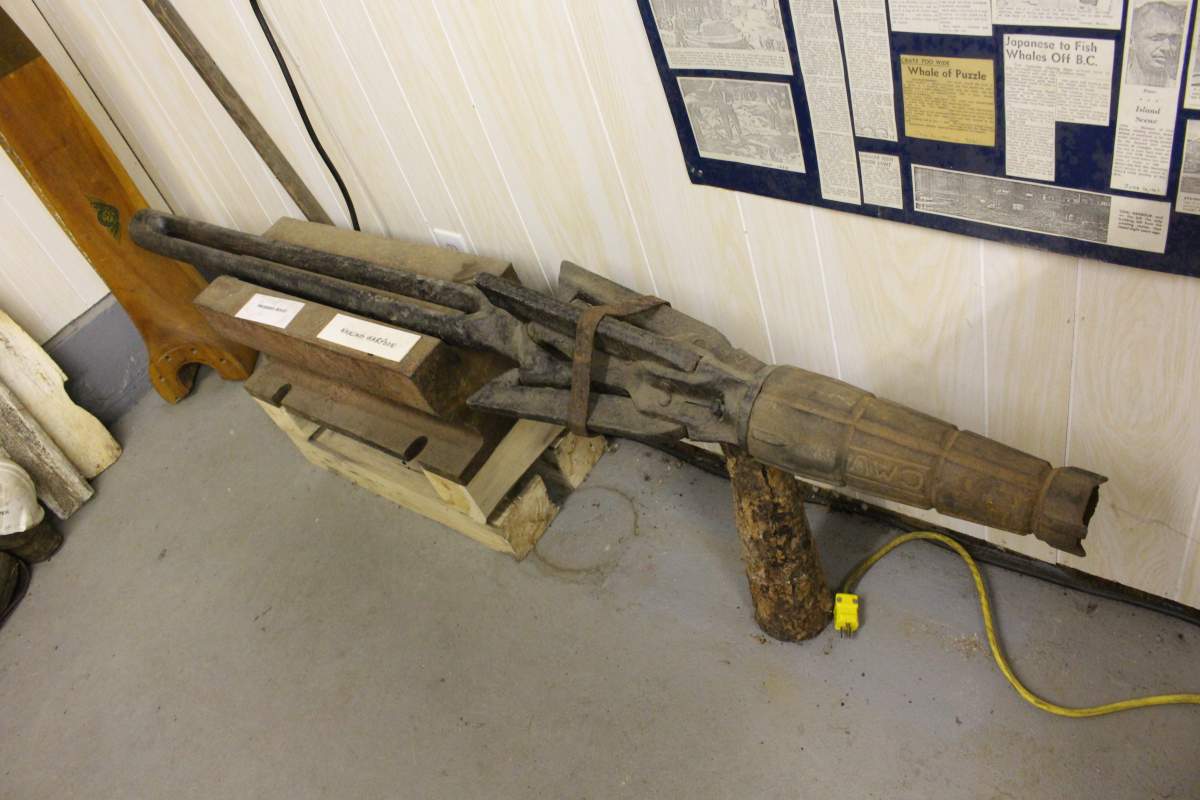

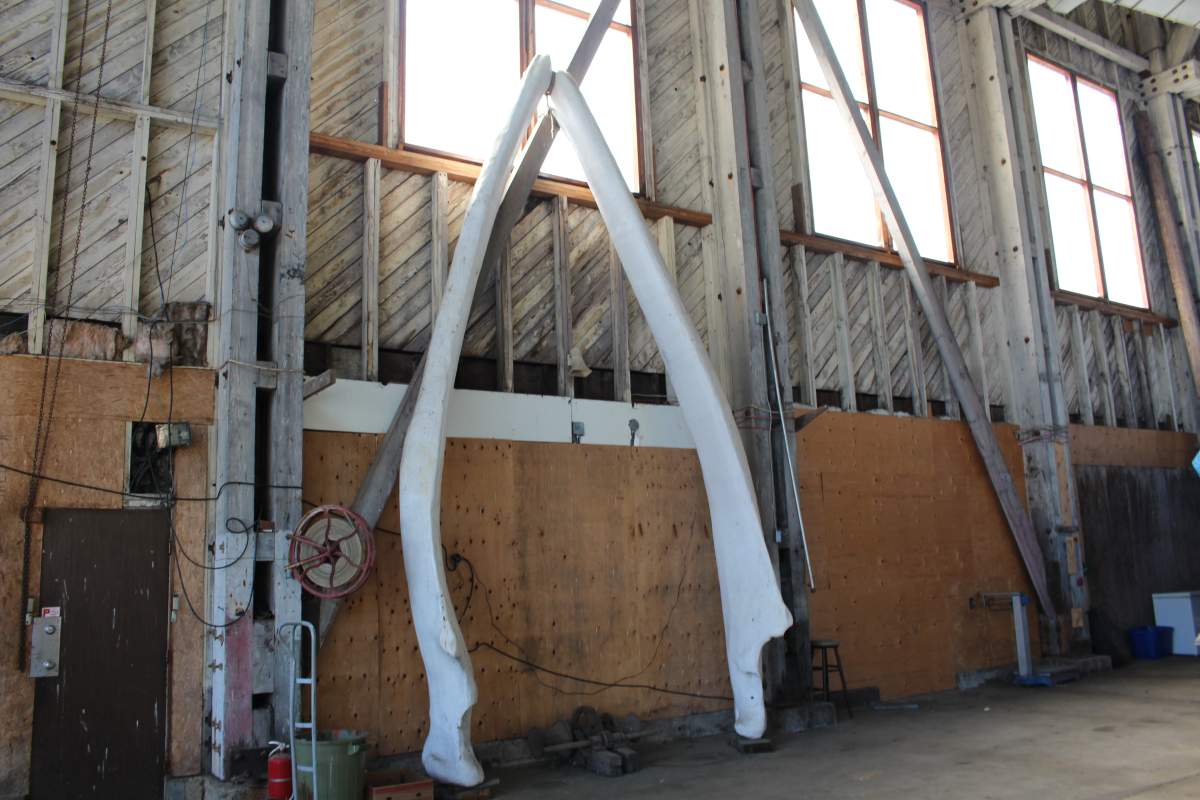

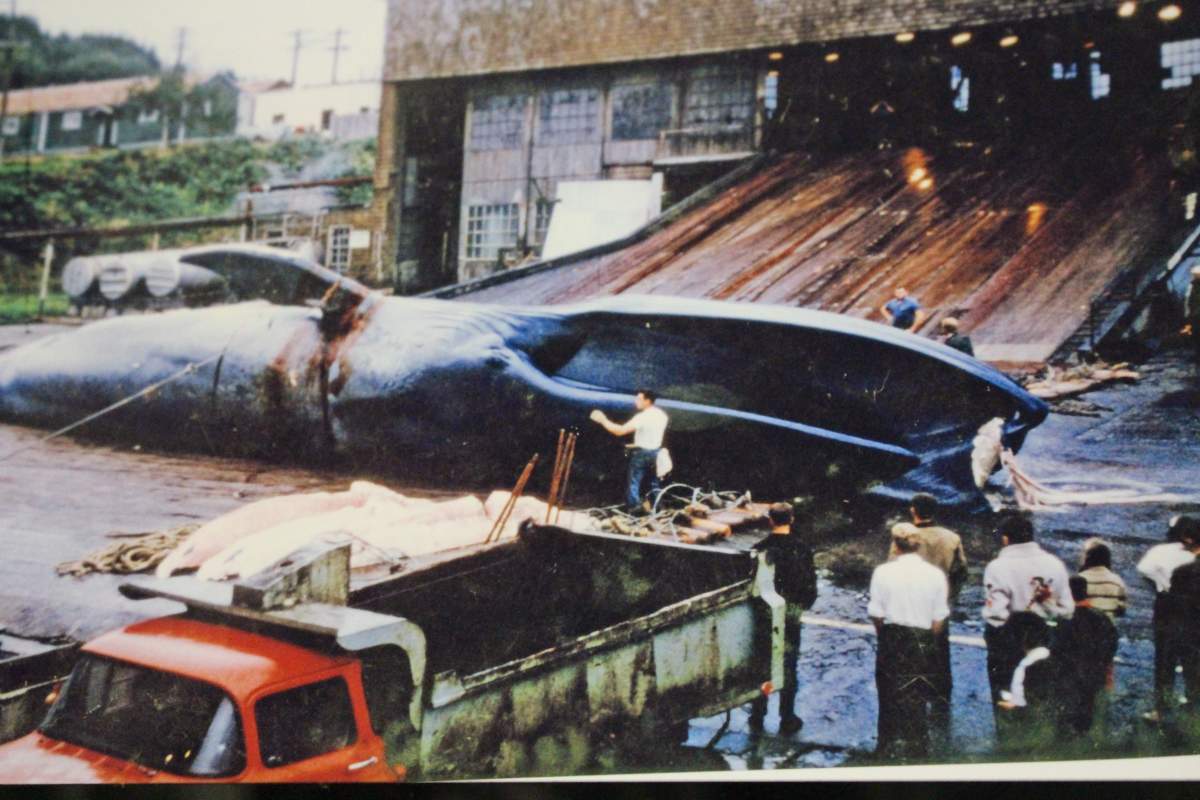
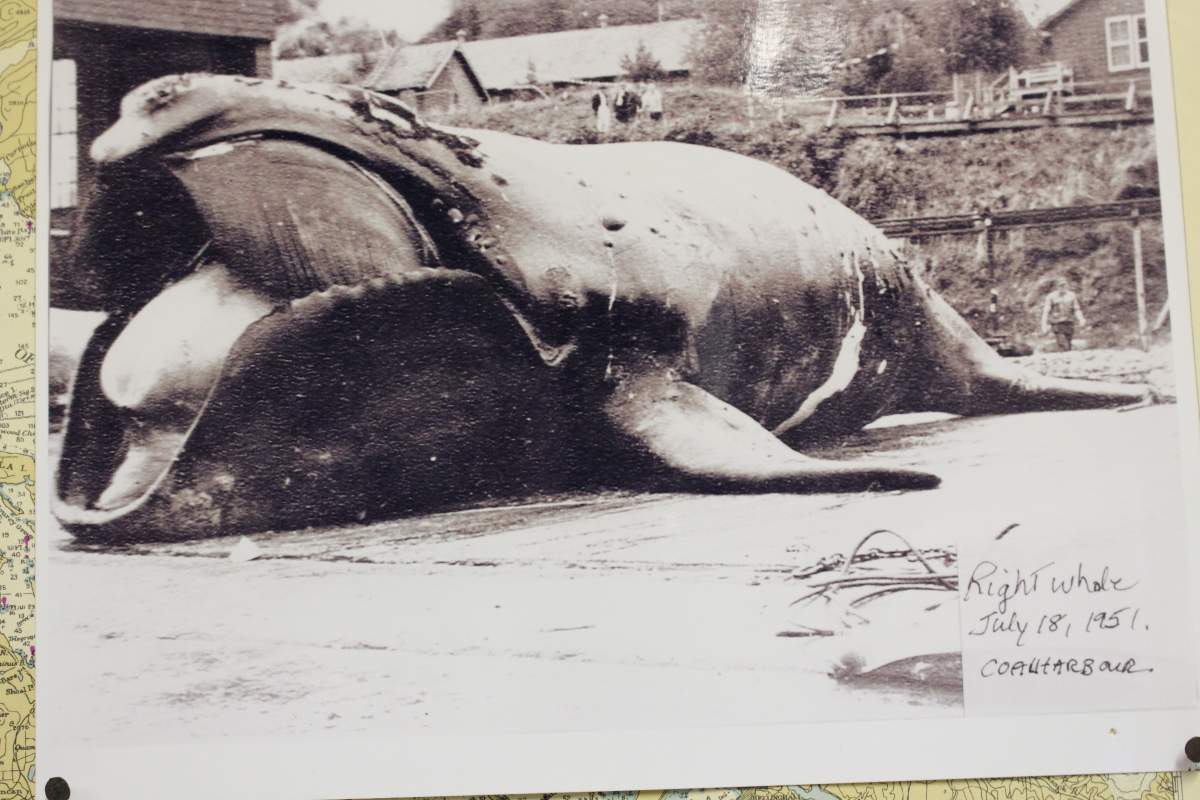




Comments